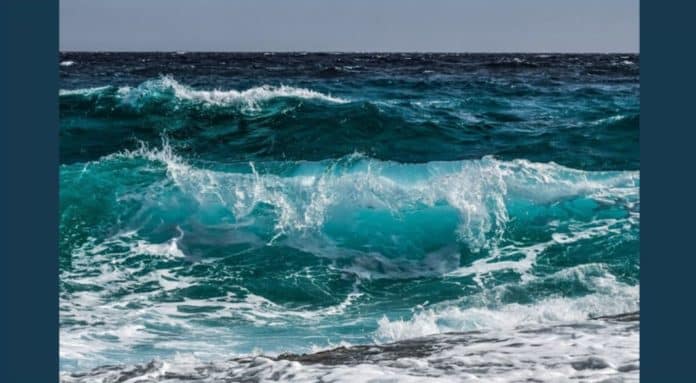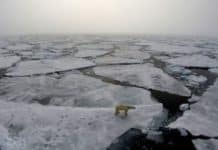
March 28 (UPI) — Marine food chains are fueled by nutrients from decaying rocks located thousands of feet below the surface of the ocean.
According to a new study, published this week in the journal PNAS, phytoplankton and marine algae, which form the bases of aquatic food webs, rely on nitrogen released from sediments on the floor of the deep ocean.
Previously, scientists have argued oxygen in the deep ocean prevents dissolved iron from escaping eroded seabed rocks.
The latest findings suggest the opposite is true — oxygen and organic matter in the deep ocean may actually aid the release of nitrogen from marine sediments.
“Our findings reveal that the shallow surface of the deep seafloor provides an important source of iron — a scarce micronutrient — for the ocean,” lead study author Will Homoky, research fellow at the University of Leeds in Britain, said in a news release.
“We show that the degradation of rock minerals with organic matter and oxygen is a recipe to produce tiny rust particles, which are small enough to be dissolved and carried in seawater,” said Homoky.
“These tiny rust particles and their chemical signatures explain how iron found in large parts of the ocean interior could have come from deep ocean sediments, in a manner which was once thought to be practically impossible,” he said.
In the lab, scientists analyzed the isotopic signatures of tiny iron particles in sediment samples collected from the South Atlantic Ocean.
Researchers found an abundance of iron colloids, a form of iron ignored by most nutrient flow models.
“Our findings here are significant, because they mark a turning point in the way we view iron supply from sediments and its potential to reach marine life that paves a new way of thinking about the seafloor,” Homoky said.
“Our discovered production of iron colloids is different to other forms of iron supplied to the ocean, and will help us design a new generation of ocean models to re-evaluate marine life and climate connections to the seafloor — where large uncertainty currently exists,” he said.
Now that scientists have documented the isotopic signatures of iron colloids from deep ocean sediments, they can more easily track where this particular form of iron flows.
“Our continuing goal is to learn how far this iron travels and how much of it nourishes our marine food webs around the globe,” said co-author Tim Conway, an assistant professor at the University of South Florida.
The new study suggests the ocean seafloor may have a played a more important role in dictating longterm shifts in ocean chemistry, the researchers said.
“This could help us to better understand how iron in the ocean has contributed to past productivity and climatic variations and inform our approaches to marine conservation and management,” Homoky said.





